The big epoxy guide, part 4: Repairing pipes, filling, beams and gluing fittings with epoxy
Boote Redaktion
· 01.03.2023
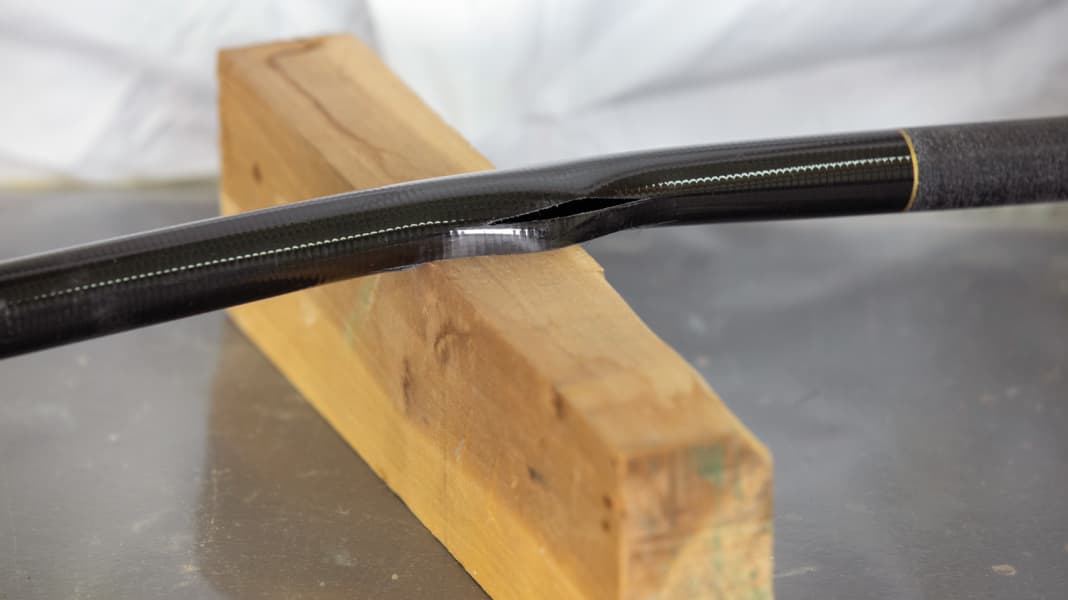
The contents of this special
- Part 1: Basics of the miracle resin
- Part 2: Which resin for which purpose?
- Part 3: Coating, coving, holes
- Part 4: Tubes, fillers, beams, fittings
Once again, this is about the repair of GRP and carbon fibre components. The need for this arises quickly. An unsuccessful manoeuvre or incorrect support is enough to compromise the strength of lightweight composite components. Carbon fibre laminates in particular are very sensitive to impact and buckling loads.
Repairing pipes with epoxy resin
The good thing about it: CFRP and GRP pipes are relatively easy to patch. The trick is to use a tubular carbon fibre mesh instead of normal reinforcement fabric. If necessary, such repairs can even be carried out with a short intermediate material for sweeping, at least when working with West System epoxy. By adding a little five-minute epoxy, the fast hardener can be accelerated even further for particularly urgent work.
However, braided hoses can not only be used to repair and reinforce pipes, but also to build them completely yourself. Simply take a PVC pipe and cover it several times with carbon fibre tubing.
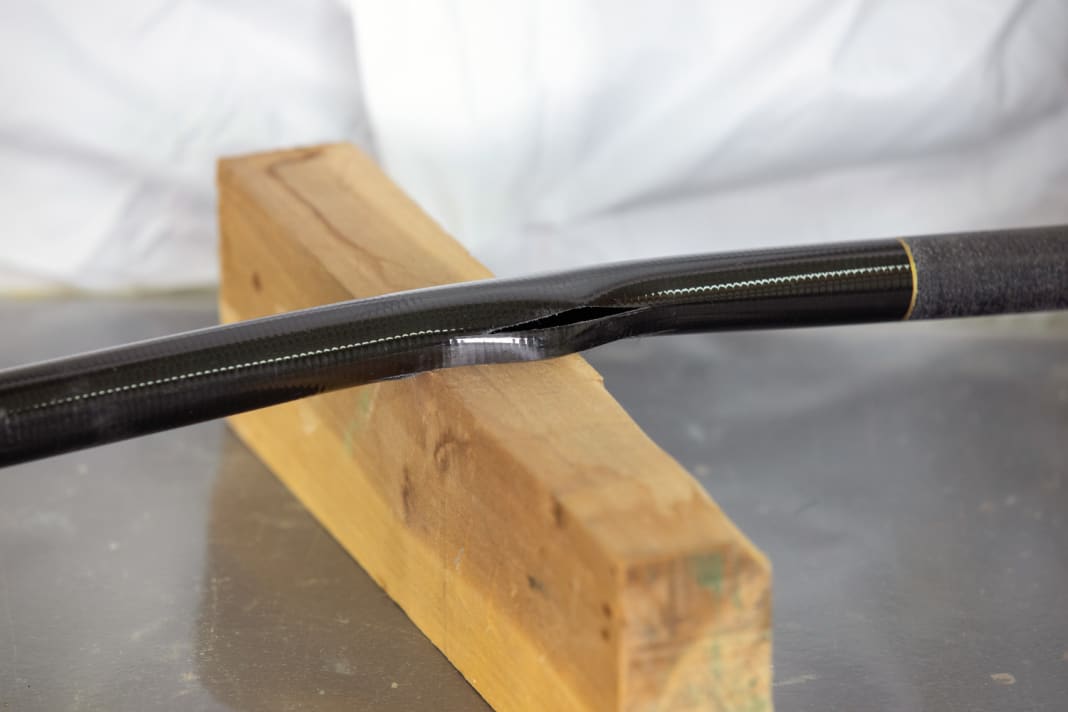





Reinforcing surfaces with epoxy resin and Prisma-Beams
No less practical than the meshes, which are also available in glass fibre, are the reinforcement profiles known as prism beams. They consist of a lightweight polyurethane foam as the core material and glass fibre layers placed on top. They can be used, for example, to stabilise decks that have become soft or to reinforce the foredeck sections of older boats that are built too lightly. Depending on the function and area, the Prisma Beams can be used as deck beams, stringers or frames. They are available in different cross-sections and profiles.
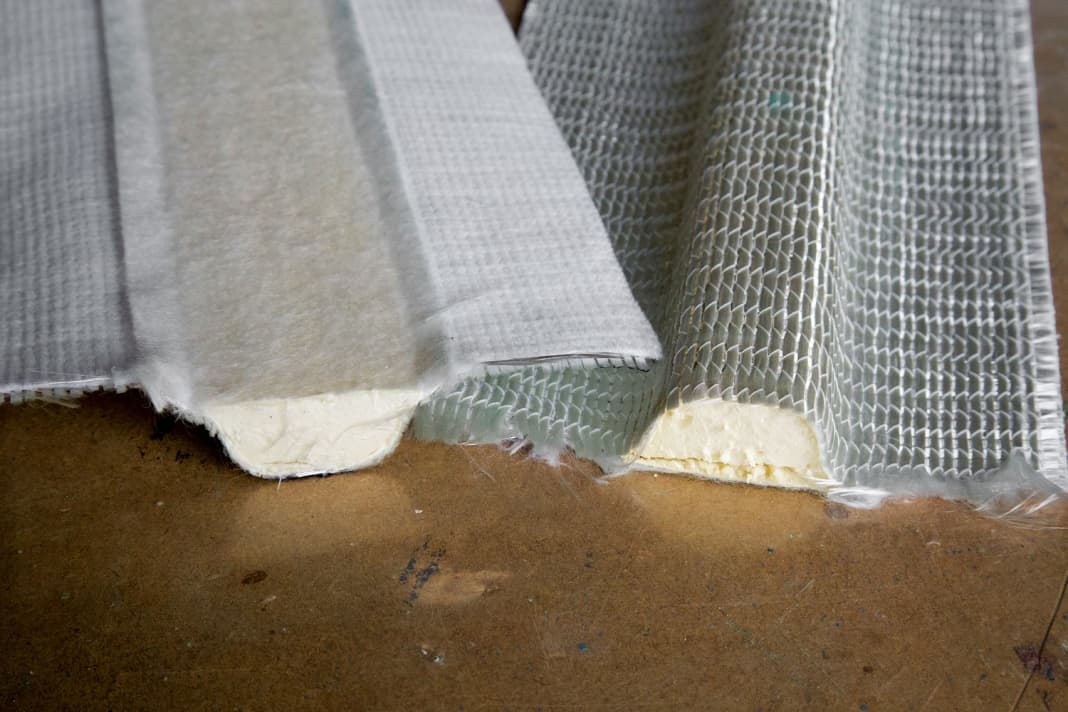





Filling with epoxy resin
The fact that epoxy systems generally do not require solvents is a great advantage, especially when filling, as the compound does not shrink during curing. This means that recesses do not have to be overfilled in order to hopefully achieve the correct height later on.
In addition, the consistency can be adjusted depending on the size and alignment of the repair so that the filler can be applied easily without dripping or running off - a decisive advantage. Ready-made levelling compounds from a can do not offer this individual adjustability.
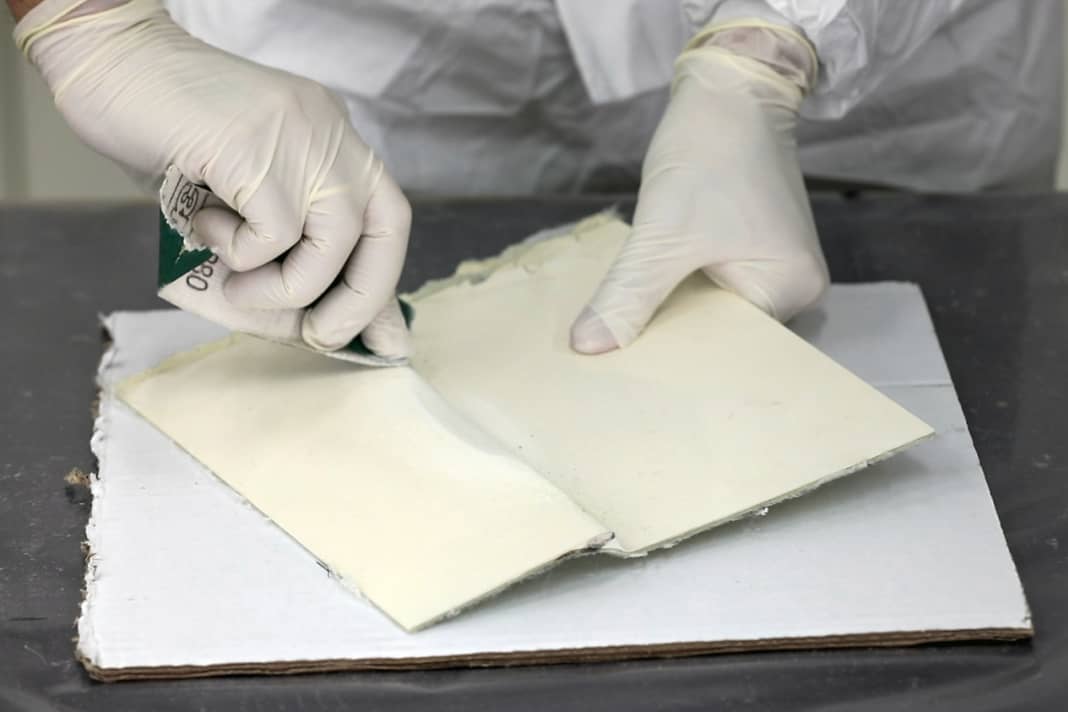





Glue on fittings with epoxy resin
A rarely used but very practical application of epoxy is the bonding of entire fittings. To do this, the resin is thickened with a high-density filler and replaces the sealant, nuts and counter plates. Epoxy expert Helge von der Linden recommends bonding for railing feet and other heavily loaded fittings, among other things, and can also be used to attach winches and cleats on sailing yachts.
The advantage of this is that the forces acting on the components are better transferred to the hull and deck than with conventional bolting or screwing. However, modifications are necessary for the system to work. Take the railing foot as an example: A large block of wood is glued under the deck with epoxy at the mounting location of the support. The foot is then placed on the deck and suitable blind holes are drilled into the block from above. The hole diameter should be around two millimetres larger than the fastening screws of the support.
Once this preparatory work has been completed, the holes are filled with the thickened resin and the screws are inserted. After hardening, the fitting is permanently fixed. As there is a large-area frictional connection, there is no need to worry about the screws jolting loose or the flange leaking. Only disassembly is more tedious. To loosen screws bonded with epoxy, they have to be heated to around 180 to 200 degrees using a soldering iron, only then does the resin lose its strength.
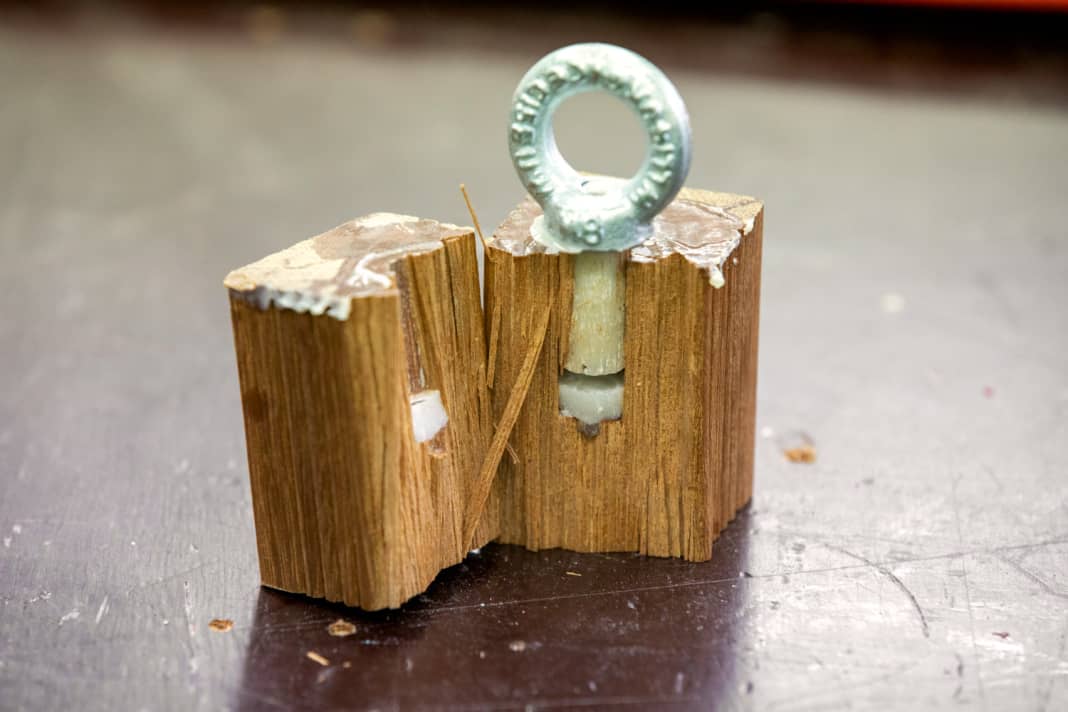





Gelcoat on epoxy, is that even possible?
Epoxy resin is an ideal repair material, but has one weak point: it is not UV-resistant. As soon as the surface is exposed to the sun, an additional sealant is required. Painting is an option for smaller components. Basically, any paint can be used. However, to achieve a robust and scratch-resistant surface, a two-component system is recommended. Depending on whether a clear or coloured finish is required, a primer can also be used to close pores in the surface.
Repairs to the deck or freeboard, i.e. areas that are usually covered with gelcoat, are more difficult. As a layman, you will hardly be able to cover the epoxy repair invisibly with a paint system, as there will always be edges and colour differences to the gelcoat.
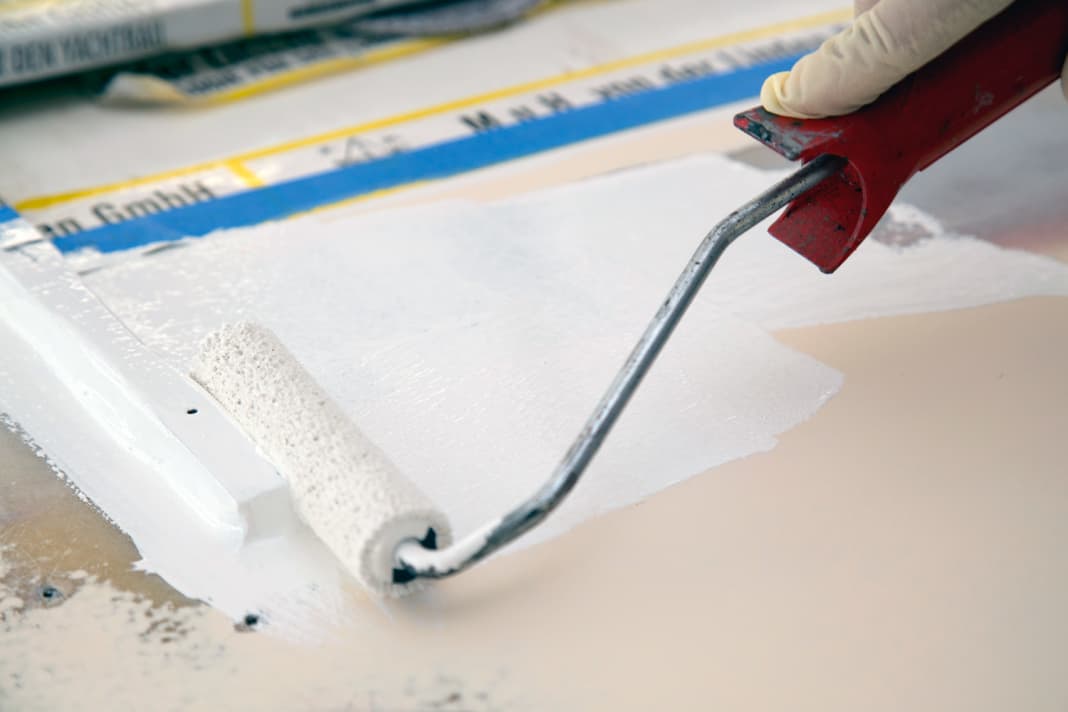


However, the obvious solution of using gelcoat instead of lacquer requires special precautions. This is because the resin systems are not compatible with each other. The problem is the amines contained in the epoxy resin, which are also deposited on the surface as amine red during curing. The residues stop the chain reaction of polyester curing. In other words, the material remains permanently sticky.
Opinions differ as to whether and how gelcoat can be applied to epoxy. According to epoxy expert Helge von der Linden, the resin only needs to be fully cured, washed off and sanded. Andreas Woyda from polyester producer Vosschemie also recommends a polyurethane primer as a barrier layer before the gelcoat is applied.
The videos of the series:
Part 1: Laminating, repairing, bonding or coating ... Many things are possible with epoxy resin. We therefore spent a few days at the Von der Linden GmbH workshop and asked Helge von der Linden everything we ever wanted to know about this miracle resin. In the first part of our new series, we start with the basics and then Helge shows us how to coat wooden surfaces with epoxy resin. A complete free workshop for all owners!
Part 2: The second part of our epoxy guide series is about the frequently used ability of epoxy resin: laminating. Whether it's repairing holes in GRP or tightening loose bulkheads - after this video tutorial, anyone can draw fillets and laminate!
Part 3: The third part of our epoxy resin guide series at BOOTE tv is all about fillers and repairing carbon fibre and soft GRP decks. With this knowledge, anyone can lend a hand, because working with epoxy resin is not rocket science. Expert Helge von der Linden shows the repairs step by step.
Part 4: After coating, repairing and laminating, the last part is about filling. This type of repair is particularly necessary for minor damage to the GRP. Helge also shows us his favourite use of epoxy: gluing in fittings. We tested the forces up to which something like this really holds.

